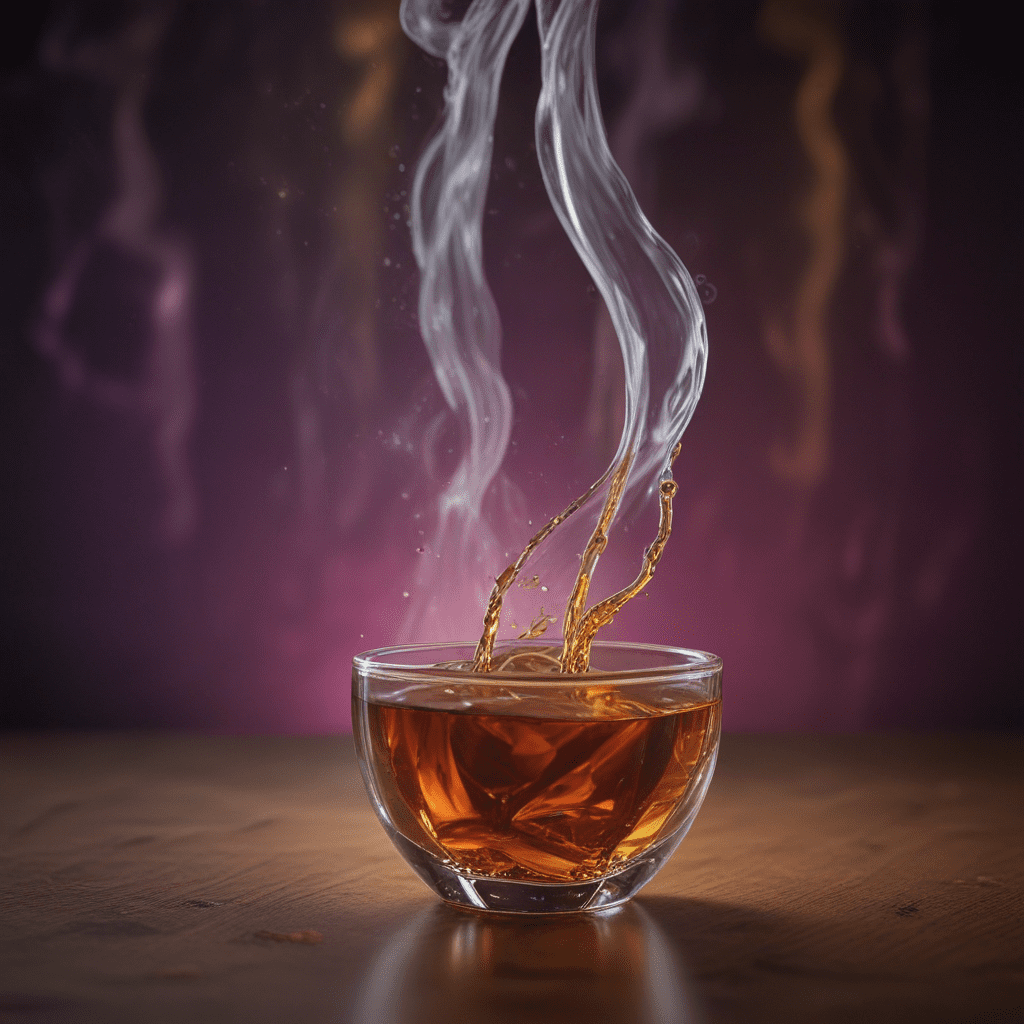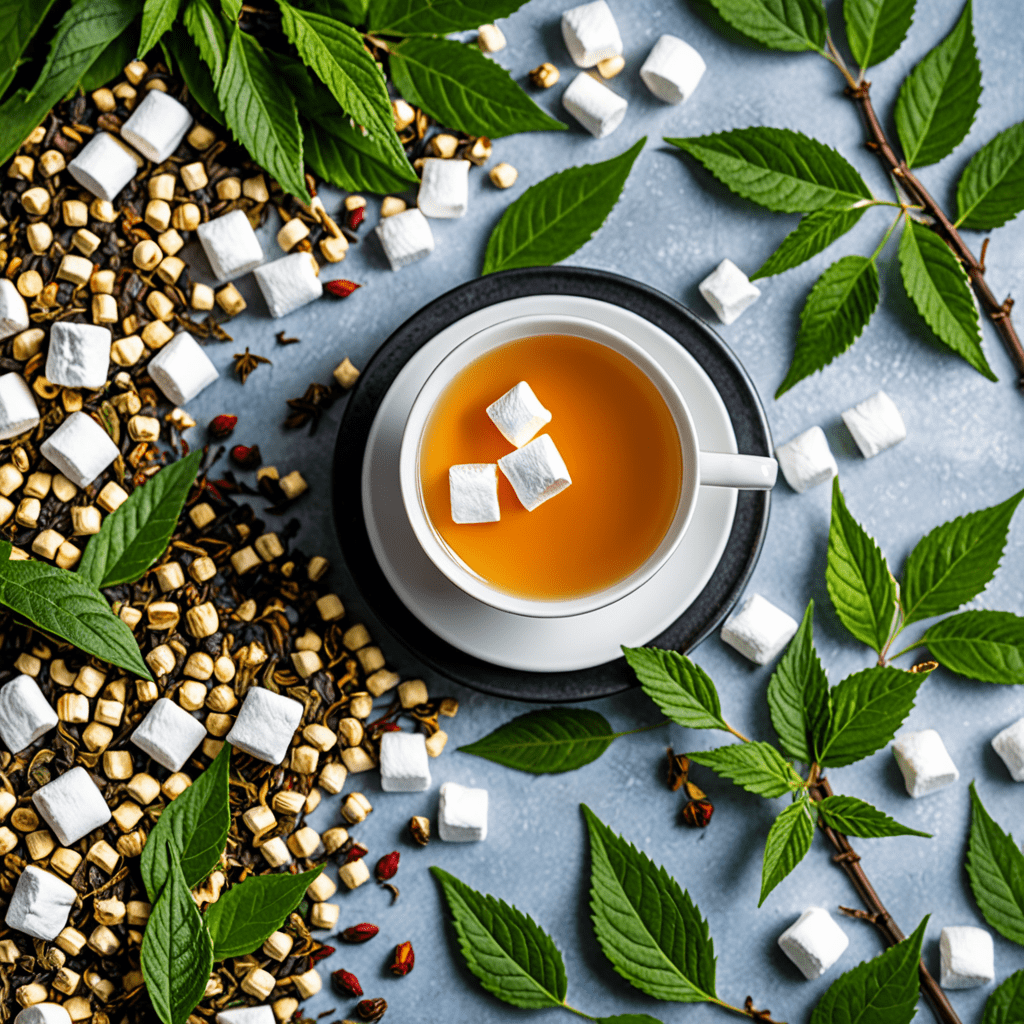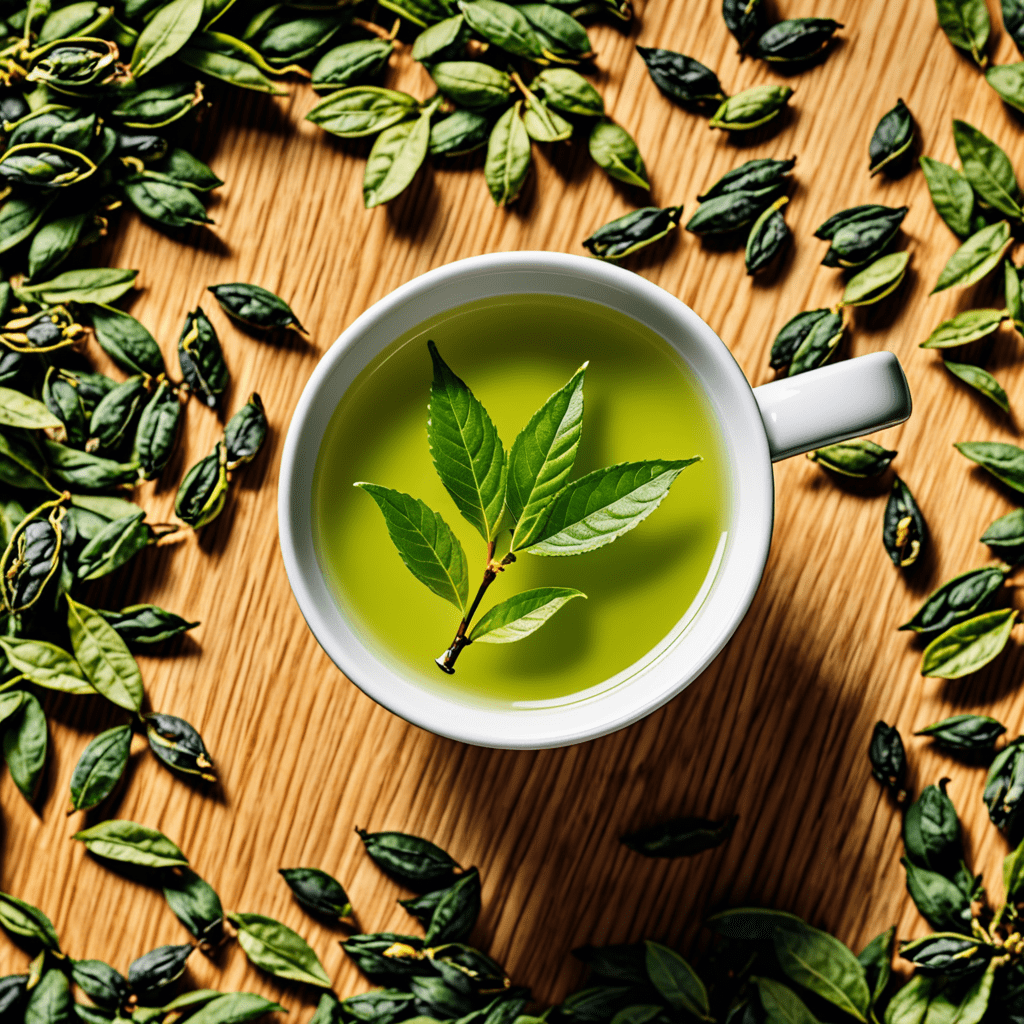
1. Introduction:
India: A Land Steeped in Tea Culture
India boasts a rich tea heritage, dating back centuries. From the verdant hills of Darjeeling to the vast plains of Assam, tea plantations paint a vibrant tapestry across the landscape. Each region cultivates unique tea varieties, offering a diverse range of flavors and aromas.
Exploring the world of Indian teas is an invitation to embark on a sensory journey. Every sip promises a new experience, with subtle nuances waiting to be discovered. Developing your palate for these remarkable teas allows you to appreciate their full complexity and savor the essence of India's tea culture.
2. Understanding Tea Types:
A World of Flavors
India produces a remarkable array of tea types, each with its own distinct character. Let's delve into the world of black, green, oolong, and white teas, exploring the unique flavor profiles and characteristics of each:
Black Tea: Darjeeling, Assam, Nilgiri
Black teas are renowned for their robust flavor and full-bodied character. Darjeeling, the "Champagne of Teas," offers delicate floral notes and a light, refreshing taste. Assam, on the other hand, presents a bolder, malty profile with a strong aroma. Nilgiri teas strike a balance between the two, with hints of spice and a smooth finish.
Green Tea: Darjeeling, Assam
Green teas retain their natural, grassy flavor and vibrant green color. Darjeeling green teas are known for their delicate floral and fruity notes, while Assam green teas offer a slightly bolder, vegetal character.
Oolong Tea: Darjeeling
Oolong teas occupy a middle ground between black and green teas, offering a partially oxidized profile. Darjeeling oolongs present a complex blend of floral, fruity, and toasty notes, with a smooth, lingering finish.
White Tea: Darjeeling
White tea, the least processed of all tea types, offers a delicate, floral flavor with a hint of sweetness. Darjeeling white teas are particularly prized for their subtle notes and refreshing taste.
3. Sensory Analysis:
Decoding the Language of Tea
Tea tasting is an art that involves engaging all your senses. Each sip is an invitation to explore the visual, aromatic, and gustatory characteristics of the tea:
Appearance: Observe the color, clarity, and brightness of the tea liquor. A golden hue indicates a well-oxidized black tea, while a pale green color signifies a delicate green tea.
Aroma: Take a deep inhale and identify the subtle notes in the tea's fragrance. Floral, fruity, spicy, or earthy aromas can be detected, depending on the tea type and origin.
Taste: Focus on the bitterness, astringency, sweetness, and umami flavors that dance on your palate. Balance and harmony are key aspects of a well-crafted tea.
Body: Assess the mouthfeel, texture, and weight of the tea. A full-bodied tea will coat your palate, while a lighter tea will feel more delicate.
Finish: Savor the lingering aftertaste of the tea. A pleasant, refreshing finish indicates a high-quality tea.
4. Cultivating Awareness:
Refining Your Palate
Developing your palate for Indian teas requires focused attention and a willingness to experiment. Here are some key practices to enhance your tea tasting skills:
Observe subtle nuances: Pay close attention to the subtle variations in flavor and aroma between different teas. Notice how the same tea can present different characteristics depending on brewing methods and origin.
Focus on individual elements: Break down the overall taste profile into its individual components, identifying the bitterness, astringency, sweetness, and umami notes.
Identify key characteristics: Learn to recognize the defining characteristics of each tea type, such as the floral notes of Darjeeling or the malty flavor of Assam.
5. The Impact of Brewing:
Unlocking the Tea's Potential
The brewing process plays a crucial role in shaping the taste and aroma of your tea. Here's how various factors influence the final cup:
Water temperature and quality: Use filtered water and adjust the temperature based on the type of tea. Green teas require lower temperatures, while black teas can handle higher temperatures.
Tea quantity and steeping time: The amount of tea and steeping time significantly impact the strength and flavor of the brew. Experiment with different ratios to find your perfect balance.
Brewing techniques and variations: Explore different brewing methods, such as using a teapot or a French press, to discover the nuances they bring to the tea's character.
Influence on taste and aroma: The brewing process can amplify or subdue certain flavor notes. Experimenting with these variables allows you to tailor the tea to your preferences.
6. Environmental Factors:
The Terroir of Tea
The unique environment in which tea plants grow significantly influences their flavor and character. Several factors contribute to the distinct identity of Indian teas:
Region, climate, and soil: The geographical location, climatic conditions, and soil composition play a crucial role in shaping the tea's flavor profile. Darjeeling's high-altitude gardens produce delicate and aromatic teas, while Assam's fertile plains yield bold and malty varieties.
Processing methods and oxidation levels: The processing methods used to transform tea leaves impact their flavor and appearance. Oxidation, a controlled enzymatic process, determines the tea's color and intensity. Black teas undergo full oxidation, while green teas are minimally oxidized.
Tea varietals and cultivars: Different tea varietals and cultivars offer unique flavor characteristics. Darjeeling is known for its distinctive China and Assamica varietals, while Assam primarily cultivates Assamica varieties.
Understanding the nuances of origin: Recognizing the specific region, processing methods, and varietals used allows you to appreciate the subtle nuances of each Indian tea and understand its unique story.
7. The Role of Comparison:
Learning Through Contrast
Comparing different teas side-by-side is a valuable learning tool. By tasting multiple teas from the same region or of the same type, you can identify subtle differences in flavor, aroma, and body. This comparative approach helps you refine your palate and develop a deeper understanding of the nuances of Indian teas.
For example, comparing a Darjeeling black tea to a Darjeeling oolong allows you to appreciate the impact of oxidation on the tea's character. Similarly, tasting an Assam black tea alongside a Nilgiri black tea highlights the regional variations in flavor and aroma.
8. Expanding Your Tea Horizons:
Exploring Beyond the Basics
Once you've developed a foundation for understanding Indian teas, it's time to expand your horizons. Explore the diverse range of tea types, origins, and processing methods available.
Experiment with flavored teas, herbal infusions, and blends. Discover the unique characteristics of Darjeeling white tea or the earthy notes of a Nilgiri oolong. Each new tea you try presents an opportunity to learn and refine your palate.
9. Tea and Food Pairing:
A Culinary Symphony
Pairing tea with food is an art form that elevates both the tea and the meal. Consider the flavor profiles of the tea and the food and find pairings that complement and enhance each other.
For example, a delicate Darjeeling green tea pairs beautifully with light and flavorful dishes like sushi or grilled fish. A bold Assam black tea complements the richness of curries and spicy foods. Experiment with different combinations to discover your favorite tea and food pairings.
10. Conclusion:
A Journey of Discovery
Developing your palate for Indian teas is an ongoing journey of exploration and discovery. By understanding the different tea types, sensory analysis techniques, and environmental factors that influence tea flavor, you can appreciate the remarkable diversity and complexity of Indian teas.
Continue to experiment, compare, and explore the world of Indian teas. With each sip, you'll uncover new nuances, refine your palate, and deepen your appreciation for this remarkable beverage.
FAQ:
Q: What is the best way to start developing my palate for Indian teas?
A: Begin by exploring the basic black, green, oolong, and white tea types from Darjeeling and Assam. Focus on identifying the key characteristics of each type and understanding the impact of brewing methods.
Q: How can I learn more about the different regions and processing methods used in India?
A: Research the specific tea-growing regions in India and their unique characteristics. Learn about the different processing methods used to create various tea types. Visit tea plantations or attend tea tastings to experience the diversity firsthand.
Q: What are some tips for comparing different teas?
A: Use similar brewing methods and water temperatures for each tea. Taste the teas side-by-side, focusing on the differences in flavor, aroma, and body. Take notes to help you remember your observations.
Q: Can I use flavored teas or blends to develop my palate?
A: While flavored teas and blends can be enjoyable, it's best to start with pure, unflavored teas to develop a solid foundation for understanding the nuances of tea flavor. You can explore flavored teas and blends later as you become more familiar with the different tea types.


